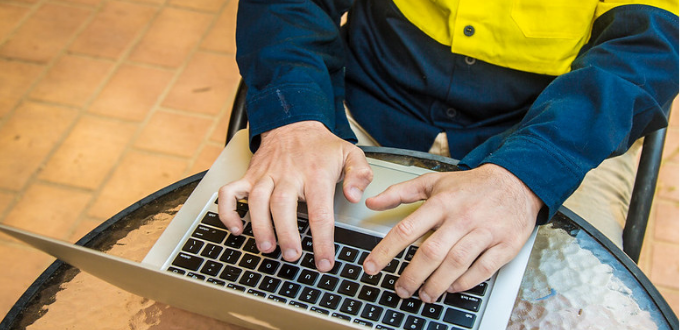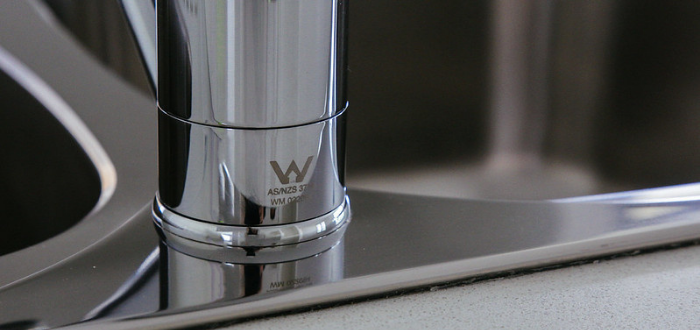SEQ flood recovery — tips for rebuilding and tradie register.
SEQ flood recovery
After a flood, there will be a lot of work to do to get a property cleaned up, repaired and ready to live in again. We provide tips and resources to help you get started, whether you’re a property owner or a QBCC licensee. We also connect property owners with local licensed contractors via our tradie register.
For licensees
For property owners
STLAP nominations
The Service Trades Council met in February and discussed the nomination process for the Service Trades Licensing Advisory Panel (STLAP).
The Council were asked to endorse the following at the meeting:
- If independent members should be included on the 2022 Panel.
- Decide on subcommittee representatives and number of representatives from the Council required.
- The proposed candidate attributes for Panel nominees.
- The proposed approach to seek expressions of interest for the Panel.
- The Panel Committee Booklet.
- The Letter of offer to new nominees.
The proposed candidate attributes are:
- current knowledge and experience in the service trades industry, including plumbing, drainage, gas, fire protection and/or mechanical services and should have the relevant associated licence
- the ability to be an effective member of a team and have exemplary communication skills.
- connections to broader industry and community networks, to share experience wider than their own.
- represent the voice of their relevant industry sector.
Nominees must also consent to a criminal history and probity checks and provide details of any potential conflicts of interest.
The advertisement for the STLAP panel nomination process will be from 7 March to 18 March 2022, as an open merit, expression of interest to members of the service trades industry, including stakeholder representatives and individual representatives.
Watermark certification
Non-conforming building product laws apply to you as an installer, to ensure the products you are installing are not non-conforming building products (NCBPs).
An installer is a person in the chain of responsibility in relation to non-conforming building product laws. Therefore, you need to ensure the products you are installing are listed on the WaterMark Schedule of Products (refer to the Australian Building Codes Board (ABCB) website) and that the product is WaterMark certified to meet the regulatory provisions.
According to the ABCB website, if a product listed on the Schedule of Products is to be installed in Australia, including those purchased via online stores the product must be:
- WaterMark certified
- marked with the WaterMark trademark, WaterMark licence number and the applicable product specification
- listed on the WaterMark product database, and
- provided with a Scope of Use statement specifying its intended use.
Any associated product packaging and promotional material must also be marked with the WaterMark trademark and licence number.
QBCC recommends referring to the Manual for the WaterMark Certification Scheme to ensure the product you are installing complies.
ABCB also states, if your client is supplying their own plumbing products for you to install, remember to ask them to look for the WaterMark and to only supply you with WaterMark certified products. Buying WaterMark certified products means they are fit for purpose, authorised for installation and safe for you and your clients.
The use of NCBPs is a nation-wide issue that affects everyone. While Queensland has a rigorous building certification process, safety is always of the utmost importance, and our buildings need to meet high standards.
The Non-Conforming Building Products Amendment to the Queensland Building and Construction Commission Act 1991 (the QBCC Act) commenced on 1 November 2017. The laws place greater obligations on everyone in the chain of responsibility to ensure their products are fit for the intended use.
The laws ensure every person in the chain of responsibility for building products is accountable, with the intent to improve the safety of Queensland buildings.
The QBCC Act defines building products and non-conforming building products as:
- A building product is any material or other thing associated with, or that could be associated with, a building.
- A building product is a non-conforming building product for an intended use if—
- a. the association of the product with a building for the use—
- a. is not, or will not be, safe; or
- b. does not, or will not, comply with the relevant regulatory provisions; or
- b. the product does not perform, or is not capable of performing, for the use to the standard it is represented to perform by or for a person in the chain of responsibility for the product.
- a. the association of the product with a building for the use—
Compliance with the relevant regulatory provisions means—
- a. in relation to relevant work mentioned in the definition relevant work, paragraph (a)—the building assessment provisions under the Building Act 1975; or
- b. in relation to relevant work mentioned in the definition relevant work, paragraph (b) or (c)—the Plumbing and Drainage Act 2018.
A person (or company) is in the Chain of Responsibility if the person:
- designs, manufactures, imports, supplies; and
- they know, or are reasonably expected to know, the product will or is likely to be associated with a building; OR
- installs the product by carrying out relevant work; OR
- who is an architect or engineer in designing a building, specifies a product be associated with a building.
A person (or company) is the installer if they:
- personally install
- supervise the installation
- carry out the relevant work
- engage a person to do an activity mentioned above.
For more information about NCBPs and your responsibilities as a person in the chain of responsibility visit Non-conforming building products on QBCC's website.
For more information about WaterMark Certification visit the ABCBs website at abcb.gov.au.
Plumbing matters
On-site sewage facilities guide
Notifiable work for homeowners guide
Form 28—mutual recognition—occupational plumber & drainer licence
Occupational plumber—licence application form
Request refund—top up account closure—notifiable work
Pagination
- Previous page
- Page 3
- Next page


